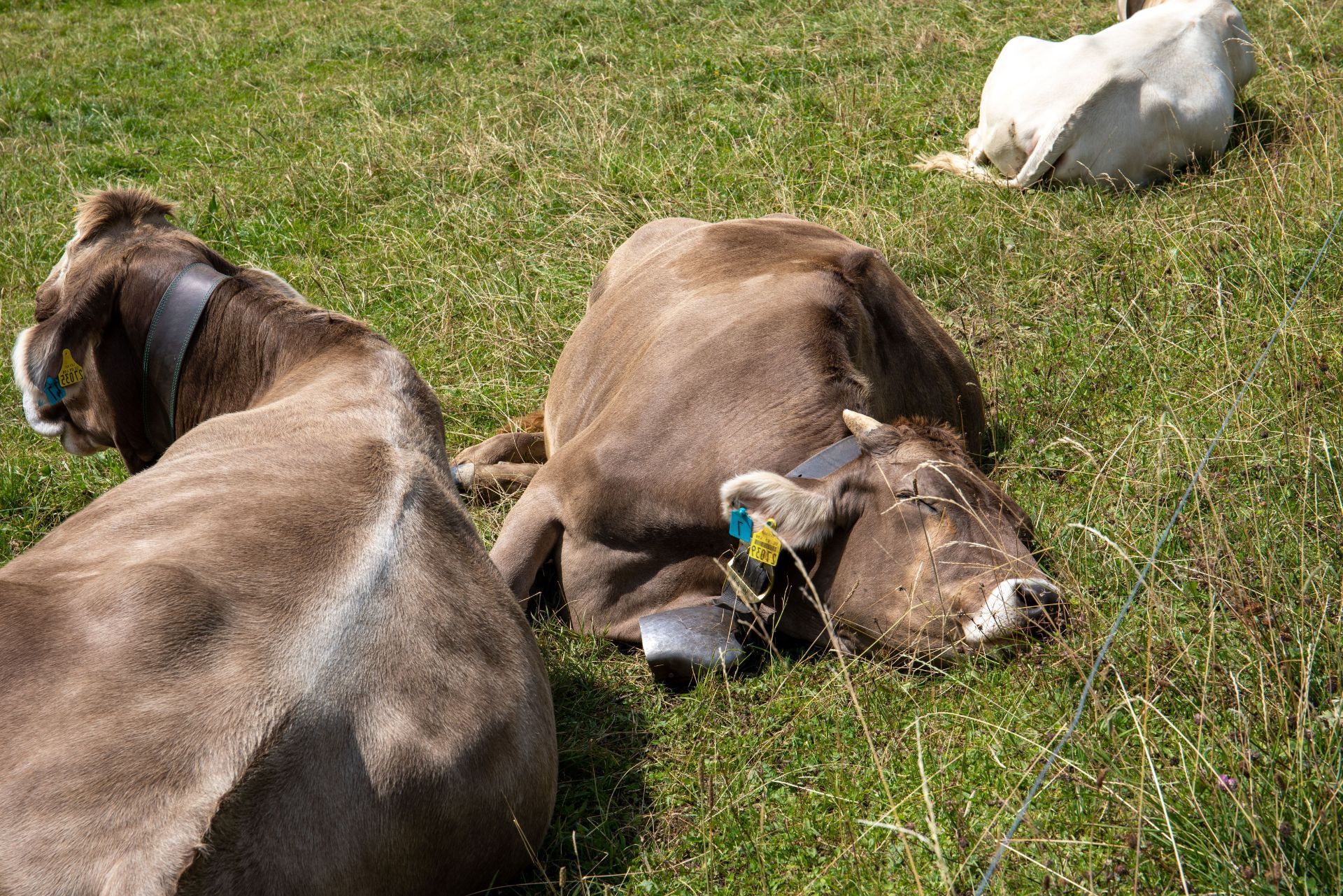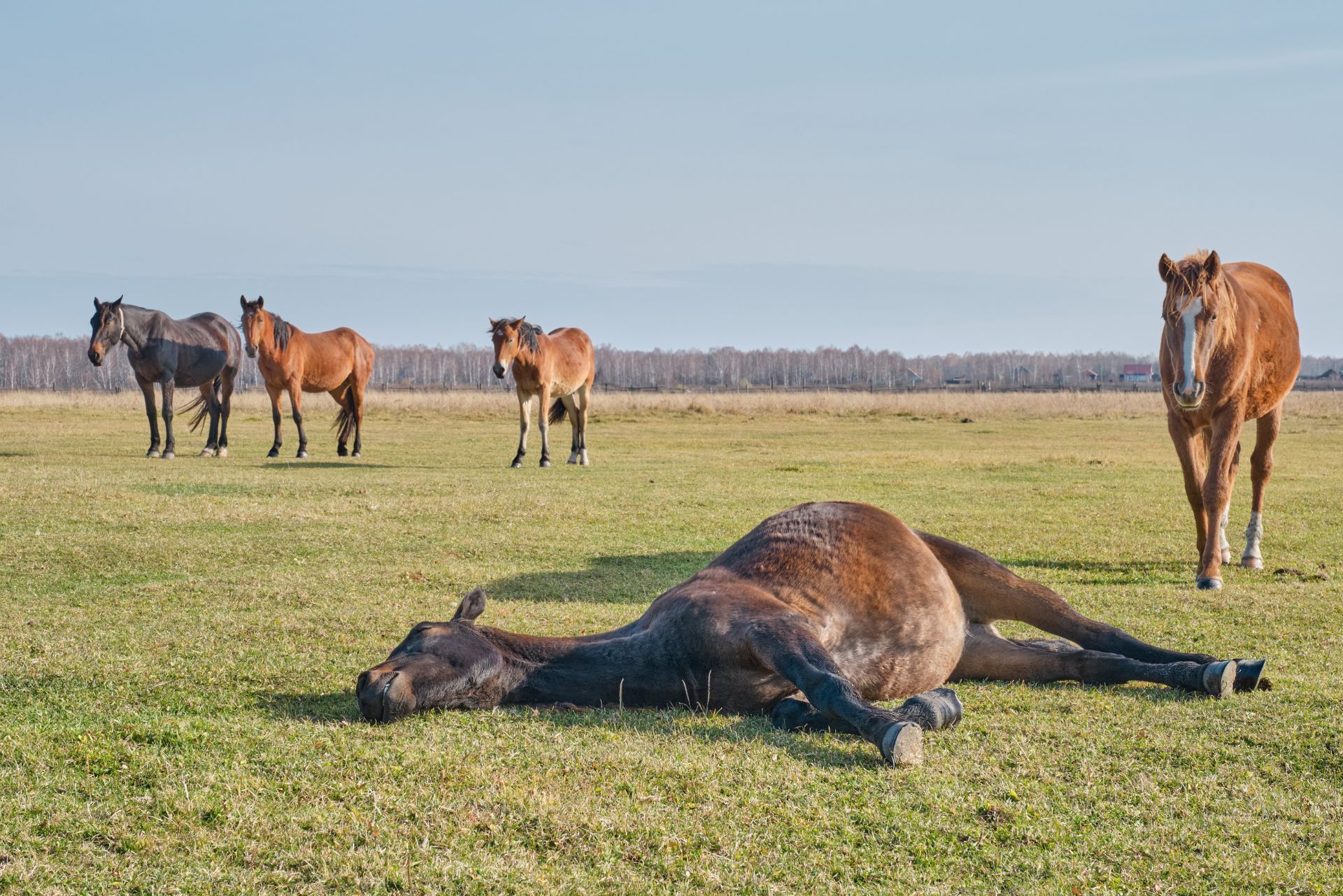
Top 3 Recommended Policies

Livestock farming is an essential part of agriculture, providing food, fiber, and other products that sustain economies and communities worldwide. However, the inherent risks associated with raising livestock can lead to significant financial losses. This is where livestock mortality insurance comes into play. This guide aims to provide a comprehensive overview of livestock mortality insurance, its benefits, types, and how to choose the right policy for your needs.
Understanding Livestock Mortality Insurance
Livestock mortality insurance is a specialized type of insurance designed to protect farmers and ranchers from financial losses due to the death of their animals. This coverage can be crucial for those whose livelihoods depend on the health and productivity of their livestock. With the agricultural sector facing numerous challenges, such as fluctuating market prices and unpredictable weather patterns, having a safety net like mortality insurance can be a game-changer for many producers.
What is Covered?
Typically, livestock mortality insurance covers the death of insured animals due to various causes, including accidents, illness, and natural disasters. However, coverage can vary significantly between policies, and it's essential to understand the specifics of what is included. Some policies may also cover theft or humane euthanasia, depending on the terms agreed upon. Additionally, certain policies may offer coverage for specific breeds or types of livestock, recognizing that some animals may have a higher market value or unique health risks associated with them. It’s advisable for farmers to work closely with their insurance agents to tailor their coverage to fit their particular needs and circumstances.
Why is It Important?
The financial implications of losing livestock can be devastating. For many farmers, livestock represents a significant investment, and the loss of even a few animals can lead to a cascading effect on their operations. Mortality insurance helps mitigate these risks, providing peace of mind and financial stability in times of crisis. Furthermore, having this insurance can also enhance a farmer's ability to secure loans or attract investors, as it demonstrates a commitment to risk management and sustainability. In an industry where every dollar counts, being able to show that you have a plan in place to protect your assets can be invaluable.
Moreover, the emotional toll of losing livestock should not be underestimated. For many farmers, their animals are not just assets; they are part of the family and the fabric of their daily lives. The grief associated with such losses can be profound, and having mortality insurance can alleviate some of the financial burdens, allowing farmers to focus on recovery and rebuilding rather than solely on the economic impact. This aspect of livestock mortality insurance underscores its importance not just as a financial tool, but as a vital support system for the mental well-being of those in the agricultural community.
Types of Livestock Mortality Insurance
There are several types of livestock mortality insurance policies available, each catering to different needs and circumstances. Understanding these options can help farmers select the best coverage for their operations.
Whole Herd Mortality Insurance
This type of insurance covers all livestock within a herd. It is particularly beneficial for larger operations where the risk of losing multiple animals is higher. Whole herd mortality insurance provides a safety net that can help farmers recover from significant losses without facing severe financial strain. Additionally, this policy often includes provisions for disease outbreaks or natural disasters, which can decimate herds unexpectedly. By ensuring comprehensive coverage, farmers can focus on rebuilding their operations rather than worrying about the financial repercussions of losing their livestock.
Individual Animal Mortality Insurance
For smaller farms or operations focusing on specific high-value animals, individual animal mortality insurance may be more appropriate. This policy covers specific animals, such as breeding stock or show animals, ensuring that the investment in these animals is protected. Individual policies often allow for a more tailored approach, with farmers able to select coverage limits and conditions that reflect the unique value and importance of each animal. Furthermore, some insurers may offer additional benefits, such as coverage for veterinary expenses or loss of income due to the animal's death, providing an extra layer of financial security.
Specialty Coverage Options
Some insurance providers offer
specialty coverage options tailored to specific types of livestock, such as dairy cows, horses, or exotic animals. These policies may include additional protections or considerations unique to the species being insured, allowing for more customized coverage. For instance, dairy cow insurance might encompass not only mortality but also loss of milk production due to illness or injury, while horse insurance may cover the costs associated with training and competition. This specialization ensures that farmers can adequately protect their investments, regardless of the type of livestock they manage. Moreover, as the livestock industry evolves, insurers are increasingly developing innovative policies that address emerging risks, such as biosecurity threats and climate-related challenges, ensuring that farmers remain well-protected in a changing environment.

Factors Influencing Premiums
When considering livestock mortality insurance, understanding the factors that influence premiums is crucial. Several elements can affect the cost of coverage, and being aware of these can help farmers make informed decisions.
Animal Type and Value
The type of livestock being insured plays a significant role in determining premiums. High-value animals, such as purebred cattle or racehorses, typically come with higher premiums due to the increased risk and investment involved. Conversely, lower-value livestock may have more affordable coverage options. Additionally, the breed and lineage of the animal can also impact the premium, as certain breeds may be more susceptible to specific diseases or conditions, thereby influencing the insurer's risk assessment.
Age and Health of the Animals
Insurers often take into account the age and health of the animals when calculating premiums. Younger animals or those in good health may attract lower premiums, while older animals or those with pre-existing health conditions could lead to higher costs or even exclusions from coverage. Furthermore, regular veterinary check-ups and health certifications can provide evidence of an animal's well-being, potentially resulting in discounts on premiums. Farmers who maintain comprehensive health records and implement preventive care measures may find themselves in a better position to negotiate favorable insurance terms.
Geographic Location
The location of the farm can also impact insurance premiums. Areas prone to natural disasters, such as floods or wildfires, may see higher rates due to the increased risk of loss. Additionally, local regulations and market conditions can influence pricing. For instance, farms situated in regions with a robust agricultural infrastructure may benefit from lower premiums, as insurers perceive these areas as less risky. Conversely, farms in remote or economically distressed areas might face steeper rates, reflecting the challenges associated with access to veterinary care and emergency services. Understanding these geographic nuances can empower farmers to select coverage that aligns with their specific circumstances and risk profiles.
Choosing the Right Policy
Selecting the right livestock mortality insurance policy involves careful consideration of various factors. Farmers should take the time to assess their needs and evaluate different options before making a decision.
Assessing Your Needs
The first step in choosing a policy is to assess the specific needs of the farm. This includes evaluating the types of livestock owned, the value of those animals, and the potential risks associated with their care. Understanding these factors will help in selecting a policy that provides adequate coverage. For instance, a farmer with a herd of dairy cows may face different risks compared to one who raises poultry or swine. Each type of livestock has unique health concerns and market values that can significantly influence insurance needs. Additionally, considering the farm's location and environmental factors, such as susceptibility to natural disasters or disease outbreaks, can further refine the assessment process.
Comparing Policies
Once needs have been assessed, it is essential to compare different insurance policies. Farmers should look at coverage limits, exclusions, and premiums to determine which policy offers the best value. Consulting with an insurance agent who specializes in agricultural policies can provide valuable insights and guidance. It's also beneficial to seek feedback from fellow farmers or industry associations, as they may have firsthand experience with specific insurers or policies. Furthermore, reviewing customer service ratings and claims processes can give a clearer picture of how well an insurance provider supports its clients during challenging times.
Reading the Fine Print
Before committing to a policy, it is crucial to read the fine print. Understanding the terms and conditions, including any exclusions or limitations, can prevent unpleasant surprises down the line. Farmers should ask questions and clarify any uncertainties with their insurance provider. It's also wise to inquire about the claims process, including how to file a claim and what documentation will be required. Additionally, some policies may offer add-ons or riders that can enhance coverage, such as protection against specific diseases or accidents. Being proactive in understanding these details can ensure that farmers are adequately prepared for any eventualities that may arise in the future.
Claims Process
As with any insurance product, there are several misconceptions surrounding livestock mortality insurance. Addressing these can help farmers make informed decisions and avoid pitfalls.
It’s Only for Large Operations
Many believe that livestock mortality insurance is only necessary for large farms or operations with significant investments. However, even small farms can benefit from this coverage, especially if they raise high-value animals or depend heavily on their livestock for income. For instance, a small farm specializing in rare breeds or organic livestock may have a substantial financial stake in each animal. In such cases, the loss of even one animal could have a significant impact on the farm's overall profitability and sustainability. By securing appropriate insurance, small farmers can safeguard their investments and ensure they have the resources to recover from unexpected losses.
All Policies Are the Same
Another common misconception is that all livestock mortality insurance policies are alike. In reality, policies can vary widely in terms of coverage, exclusions, and premiums. It is essential for farmers to shop around and compare options to find the best fit for their needs. Some policies may cover specific diseases or accidents, while others might include additional benefits such as coverage for theft or natural disasters. Understanding the nuances of each policy can empower farmers to select a plan that not only protects their livestock but also aligns with their operational practices and risk management strategies.
Claims Are Difficult to Navigate
While the claims process can be complex, it is not insurmountable. Many insurers provide support and guidance throughout the claims process, making it easier for farmers to navigate. Understanding the requirements and preparing documentation in advance can simplify the experience. Additionally, some insurance companies offer educational resources and workshops to help policyholders understand the claims process better. By taking advantage of these resources, farmers can feel more confident in their ability to file a claim efficiently and effectively, ensuring they receive the compensation they need in a timely manner. Furthermore, building a good relationship with the insurance agent can facilitate smoother communication and quicker resolutions during the claims process.

Common Misconceptions
As with any insurance product, there are several misconceptions surrounding livestock mortality insurance. Addressing these can help farmers make informed decisions and avoid pitfalls.
It’s Only for Large Operations
Many believe that livestock mortality insurance is only necessary for large farms or operations with significant investments. However, even small farms can benefit from this coverage, especially if they raise high-value animals or depend heavily on their livestock for income. For instance, a small farm specializing in rare breeds or organic livestock may have a substantial financial stake in each animal. In such cases, the loss of even one animal could have a significant impact on the farm's overall profitability and sustainability. By securing appropriate insurance, small farmers can safeguard their investments and ensure they have the resources to recover from unexpected losses.
All Policies Are the Same
Another common misconception is that all livestock mortality insurance policies are alike. In reality, policies can vary widely in terms of coverage, exclusions, and premiums. It is essential for farmers to shop around and compare options to find the best fit for their needs. Some policies may cover specific diseases or accidents, while others might include additional benefits such as coverage for theft or natural disasters. Understanding the nuances of each policy can empower farmers to select a plan that not only protects their livestock but also aligns with their operational practices and risk management strategies.
Claims Are Difficult to Navigate
While the claims process can be complex, it is not insurmountable. Many insurers provide support and guidance throughout the claims process, making it easier for farmers to navigate. Understanding the requirements and preparing documentation in advance can simplify the experience. Additionally, some insurance companies offer educational resources and workshops to help policyholders understand the claims process better. By taking advantage of these resources, farmers can feel more confident in their ability to file a claim efficiently and effectively, ensuring they receive the compensation they need in a timely manner. Furthermore, building a good relationship with the insurance agent can facilitate smoother communication and quicker resolutions during the claims process.
Conclusion
Livestock mortality insurance is a vital tool for farmers and ranchers looking to protect their investments and ensure financial stability in the face of unforeseen events. By understanding the different types of coverage, factors influencing premiums, and the claims process, farmers can make informed decisions that align with their unique needs.
As the agricultural landscape continues to evolve, the importance of safeguarding livestock investments cannot be overstated. With the right insurance policy in place, farmers can focus on what they do best—raising healthy livestock and contributing to the food supply chain—while having the peace of mind that comes with knowing they are protected.
Contact Us

